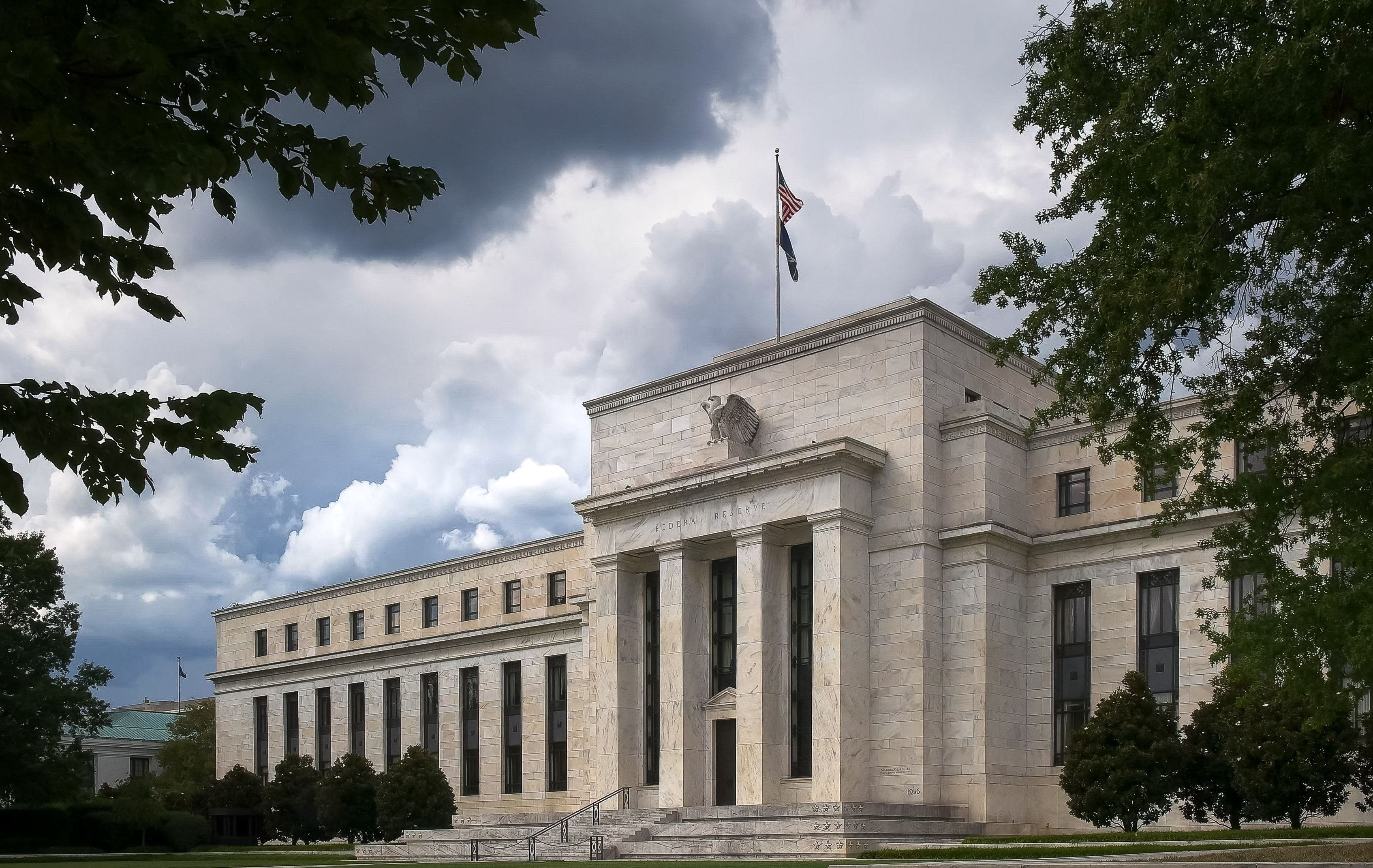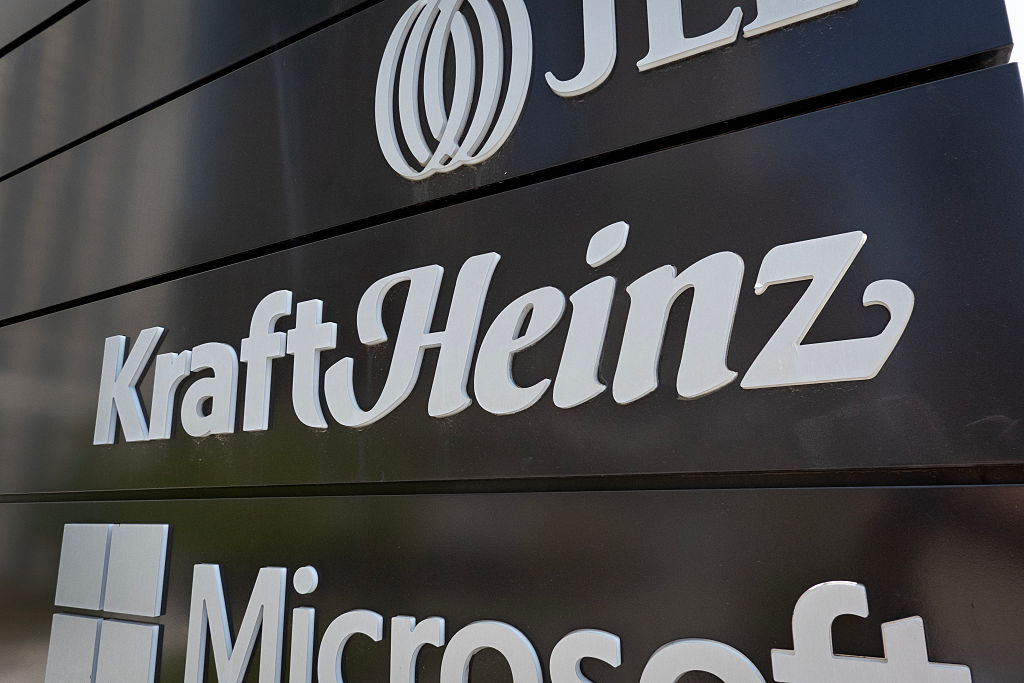Are Battered Banks Still Buys?
Hardly had the ink dried on Beat the Rush to the Banks, in our November issue, when Lehman Brothers declared bankruptcy, setting in motion dramatic events that have altered the landscape of the U.S. banking sector.

Hardly had the ink dried on Beat the Rush to the Banks, in our November issue, when Lehman Brothers declared bankruptcy, setting in motion dramatic events that have altered the landscape of the U.S. banking sector. The most significant: Uncle Sam's move to inject $250 billion into U.S. banks and take equity stakes in nine of the largest.
Beyond that, consolidation is the new name of the game. After Washington Mutual's collapse marked the largest bank failure in U.S. history, JPMorgan Chase struck a $1.9-billion deal with the FDIC to acquire the thrift's banking operations and $307-billion loan portfolio. The acquisition vaults JPMorgan ahead of Bank of America as the largest U.S. bank by deposits.
Another transformational event, Bank of America's $50-billion acquisition of Merrill Lynch, will turn the consumer-banking powerhouse into the world's largest brokerage when the deal is completed in early 2009. And, after fighting off a competing offer from Citigroup, Wells Fargo won Wachovia with an $11-billion bid. The deal will give Wells Fargo the largest branch network in the country.
From just $107.88 $24.99 for Kiplinger Personal Finance
Become a smarter, better informed investor. Subscribe from just $107.88 $24.99, plus get up to 4 Special Issues

Sign up for Kiplinger’s Free Newsletters
Profit and prosper with the best of expert advice on investing, taxes, retirement, personal finance and more - straight to your e-mail.
Profit and prosper with the best of expert advice - straight to your e-mail.
Meanwhile, the curtain has fallen on the golden age of investment banking. In September, Goldman Sachs and Morgan Stanley converted to conventional deposit-taking institutions. That gives them increased access to Federal Reserve funding, but at the expense of greater oversight. The banks will need to rein in the amount of leverage they use, precluding the possibility of returning to profitability highs anytime soon.
The market has chosen survivors, which means investors can get back to worrying about what the bank stocks are worth rather than which companies will still exist in a month. The big money-center banks still offer the most attractive opportunities. Standard & Poor's analyst Stuart Plesser says the elimination of competitors has undoubtedly been good for these businesses. And our November picks -- JPMorgan (symbol JPM), Wells Fargo (WFC) and Bank of America (BAC) -- proved themselves strong enough to be opportunistic in a crisis.
While Goldman and Morgan Stanley are unlikely to suffer the fate of Lehman or Merrill, their survivor status alone isn't reason to buy the stocks. Both appear to have more deleveraging to do -- a process of shrinking their businesses and possibly diluting shareholders with capital raises. Don't count on the stocks finding a floor until that process is complete.
Profit and prosper with the best of Kiplinger's advice on investing, taxes, retirement, personal finance and much more. Delivered daily. Enter your email in the box and click Sign Me Up.

-
 Forget FIRE: Why ‘FILE’ Is the Smarter Move for Child-Free DINKs
Forget FIRE: Why ‘FILE’ Is the Smarter Move for Child-Free DINKsHow shifting from "Retiring Early" to "Living Early" allows child-free adults to enjoy their wealth while they’re still young enough to use it.
-
 7 Tax Blunders to Avoid in Your First Year of Retirement
7 Tax Blunders to Avoid in Your First Year of RetirementA business-as-usual approach to taxes in the first year of retirement can lead to silly trip-ups that erode your nest egg. Here are seven common goofs to avoid.
-
 How to Plan for Social Security in 2026's Changing Landscape
How to Plan for Social Security in 2026's Changing LandscapeNot understanding how the upcoming changes in 2026 might affect you could put your financial security in retirement at risk. This is what you need to know.
-
 What the Rich Know About Investing That You Don't
What the Rich Know About Investing That You Don'tPeople like Warren Buffett become people like Warren Buffett by following basic rules and being disciplined. Here's how to accumulate real wealth.
-
 How to Invest for Rising Data Integrity Risk
How to Invest for Rising Data Integrity RiskAmid a broad assault on venerable institutions, President Trump has targeted agencies responsible for data critical to markets. How should investors respond?
-
 What Tariffs Mean for Your Sector Exposure
What Tariffs Mean for Your Sector ExposureNew, higher and changing tariffs will ripple through the economy and into share prices for many quarters to come.
-
 How to Invest for Fall Rate Cuts by the Fed
How to Invest for Fall Rate Cuts by the FedThe probability the Fed cuts interest rates by 25 basis points in October is now greater than 90%.
-
 Are Buffett and Berkshire About to Bail on Kraft Heinz Stock?
Are Buffett and Berkshire About to Bail on Kraft Heinz Stock?Warren Buffett and Berkshire Hathaway own a lot of Kraft Heinz stock, so what happens when they decide to sell KHC?
-
 How the Stock Market Performed in the First 6 Months of Trump's Second Term
How the Stock Market Performed in the First 6 Months of Trump's Second TermSix months after President Donald Trump's inauguration, take a look at how the stock market has performed.
-
 Fed Leaves Rates Unchanged: What the Experts Are Saying
Fed Leaves Rates Unchanged: What the Experts Are SayingFederal Reserve As widely expected, the Federal Open Market Committee took a 'wait-and-see' approach toward borrowing costs.
-
 Fed Sees Fewer Rate Cuts in 2025: What the Experts Are Saying
Fed Sees Fewer Rate Cuts in 2025: What the Experts Are SayingFederal Reserve The Federal Reserve cut interest rates as expected, but the future path of borrowing costs became more opaque.